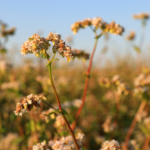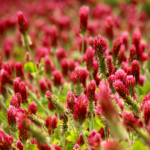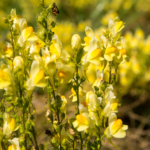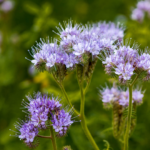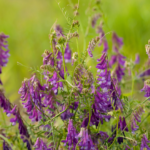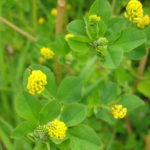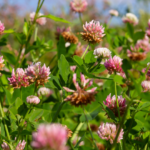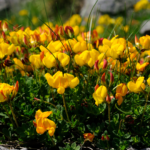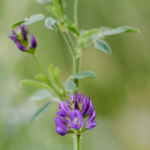Use these seed mixtures for nutrient management in soil by establishing legume fallow which produces areas of flowering plants from late spring and during the summer months on land entered into the NUM3 SFI action.
For more information about the application of these SFI seed mixtures or to place an order, please call 01233 720871 or email Andrew Bourne or Anelia Clarkson.

